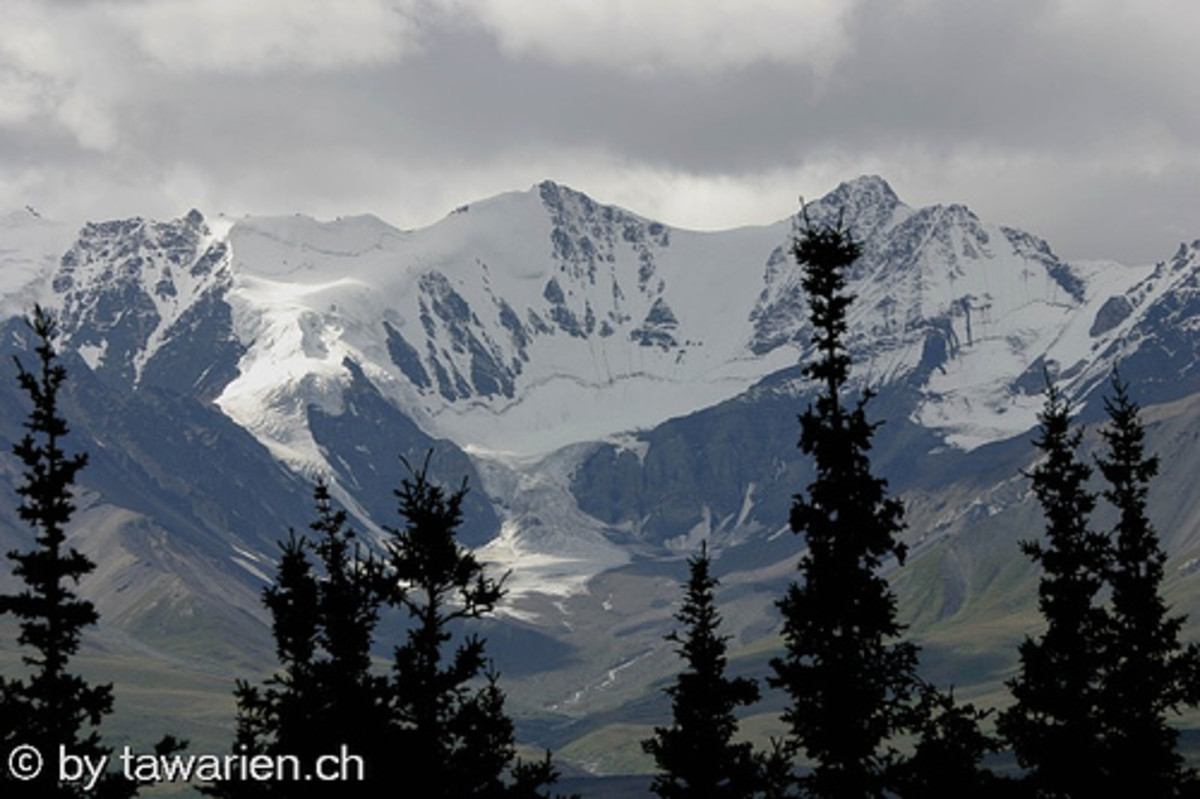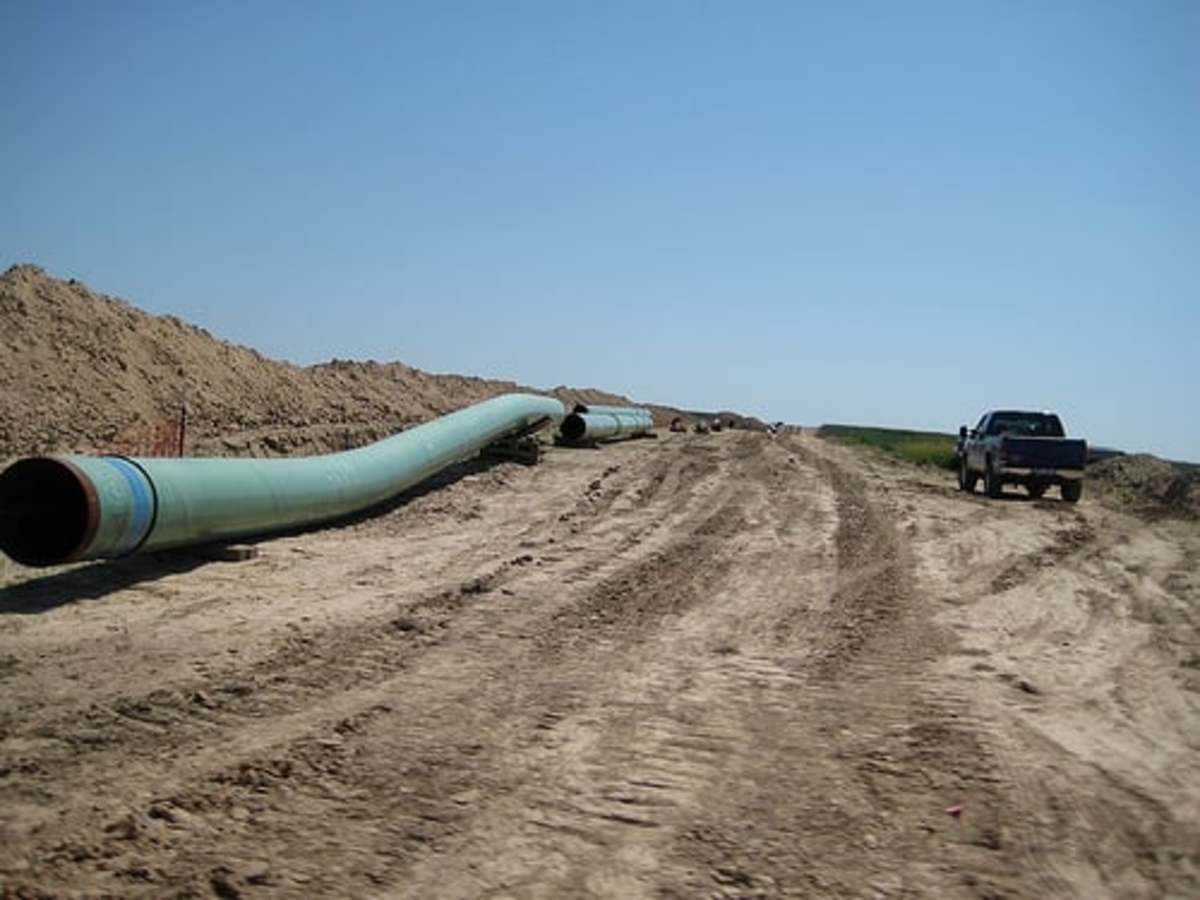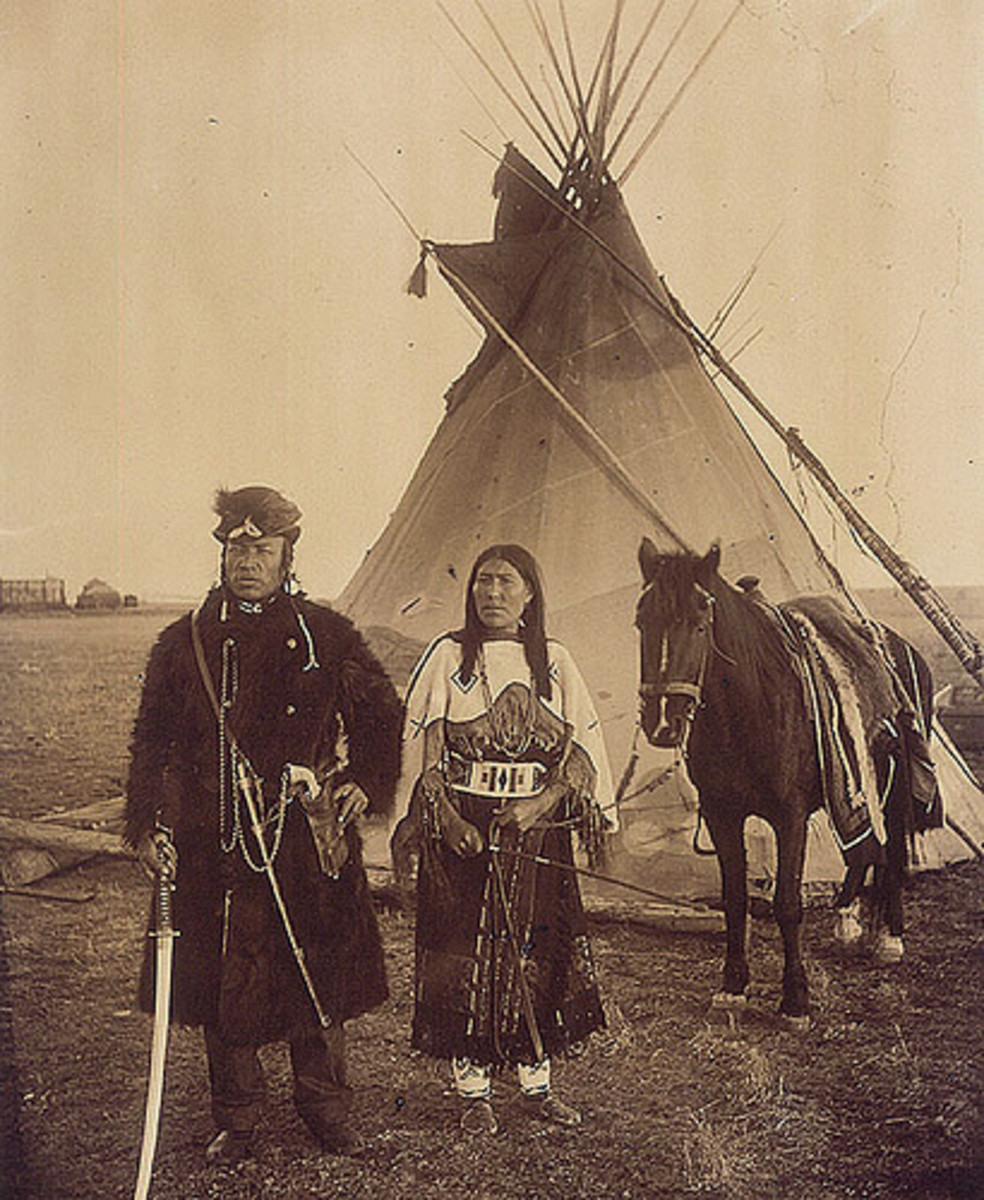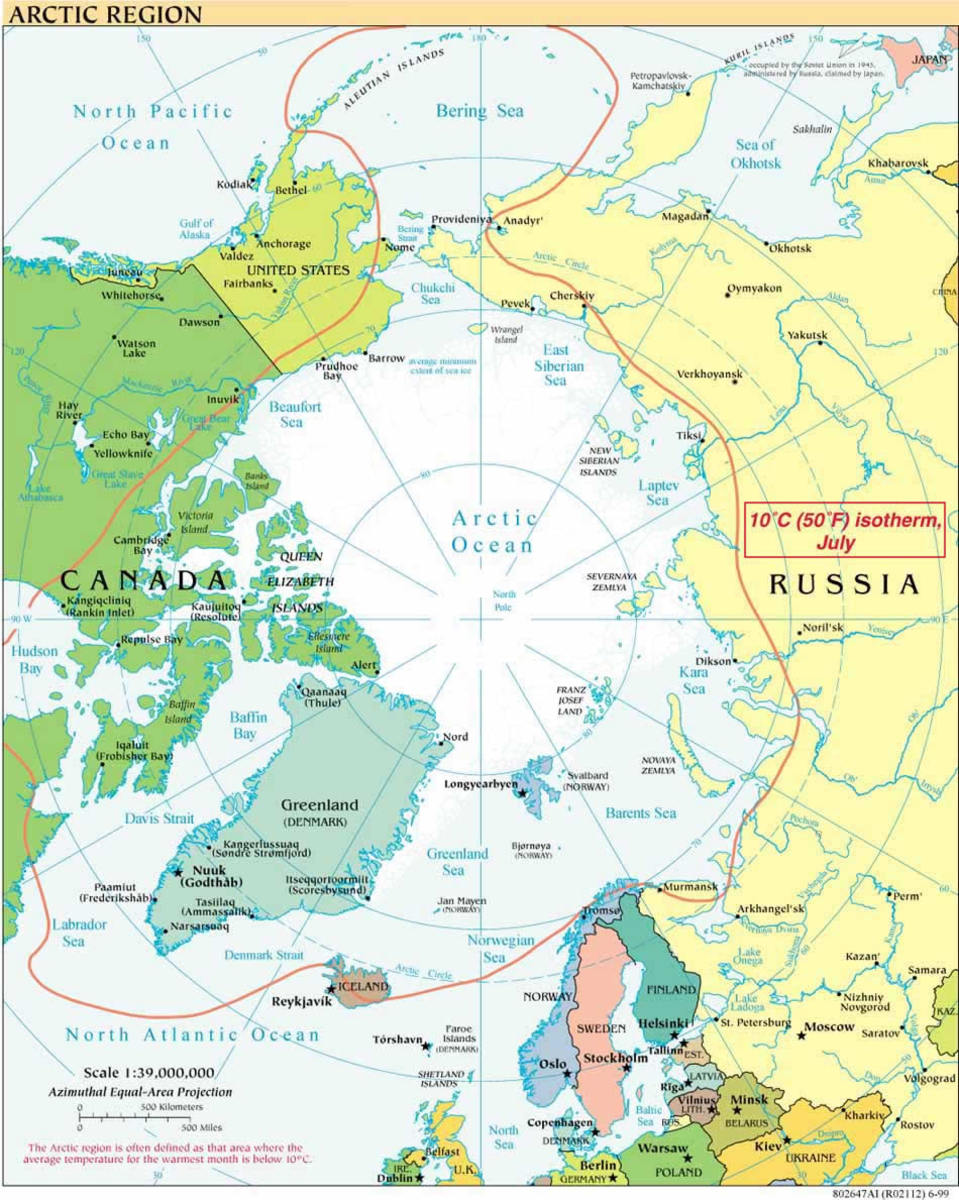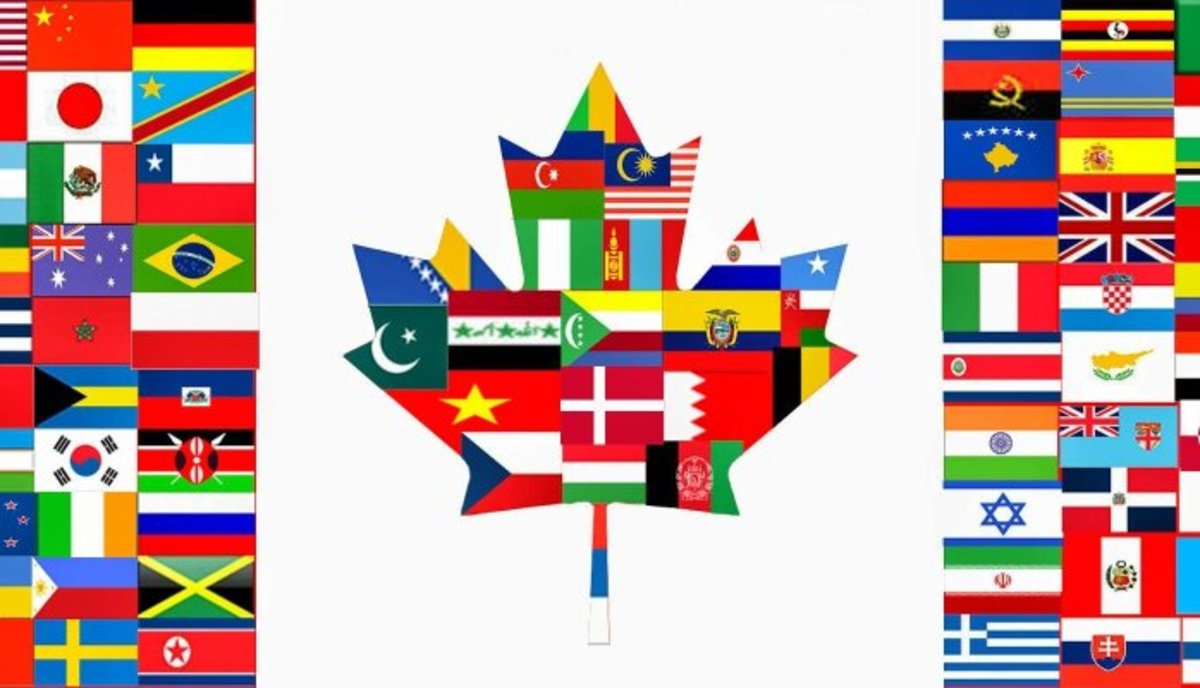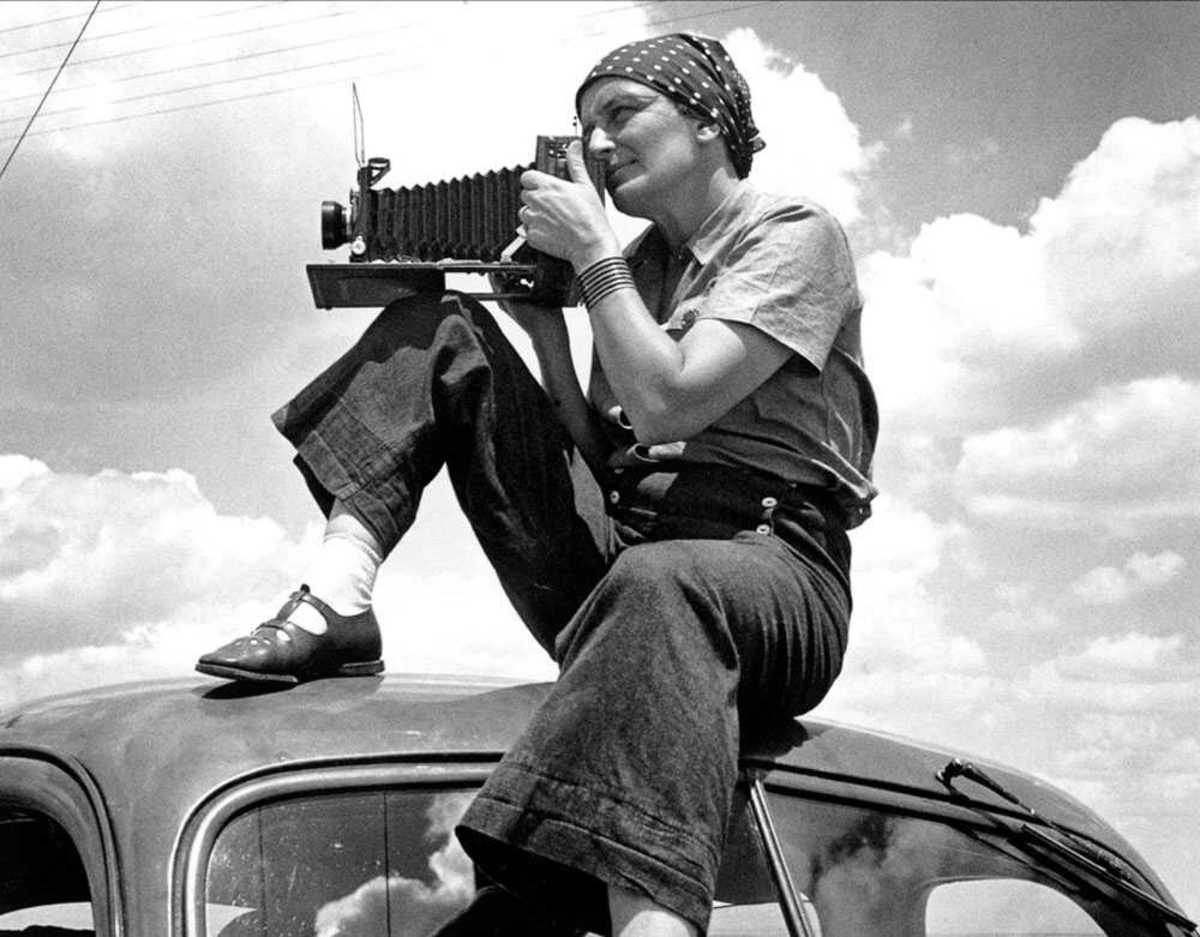Historic First Nations Protest Against Broken Treaties In Canada - Idle No More 2011 - 2015 (H.O.W.)
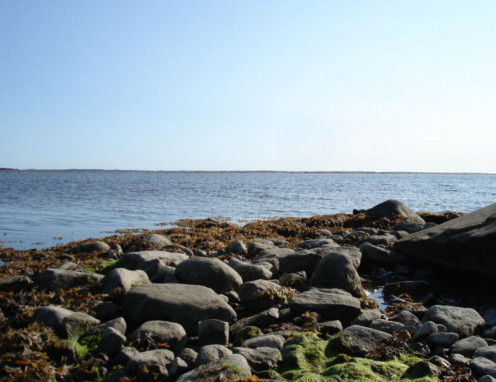

Another Blockaded Oil Line - Keystone Pipeline To Nowhere
Native North Americans in Canada determined in January 2013 that hundreds of years of treaties with the British would remain forever broken and unrepaired by the federal government of the nation. Many native Chiefs from across the country descended on Ottawa, Ontario, Canada to protest and to demand answers from Prime Minister Harper on January 11.
It is well known that First Nations peoples, especially in the interior of the provinces, have been starving to death. Canadian lands support 600+ First Nations reserves began under a British royal proclamation in 1763, along with additional individual communities. The related $11 Billion USD annual outlay from the Canadian federal government is not enough to relieve hunger and joblessness among peoples whose lands were confiscated illegally and whose lakes and rivers, once sources of livelihood, are dying.
An event in coast-to-coast Aboriginal protests known as Idle No More occurred on January 11, with the promise to the federal government, that all transportation routes to and from the Alberta oil sands reaches would be blockaded until help was provided.They had already blocked one major railroad line with a semi truck stopped in a position across the busy tracks and parked.
Blockades Effective
- Why Lakota Nation Seceded From the Union and Blockaded the Keystone Pipeline
Trucking-fees fraud ... - Judge temporarily halts Keystone XL pipeline in Texas - Los Angeles Times
Texas judge temporarily stopped TransCanada from building a pipeline to carry tar sands oil from Canada through East Texas. Crude oil was to have been the load. - Where to Find Bakken and Williston Basin Oil Patch Jobs
FLASH: 500 new oil wells 2012 - 2015, many on native lands.
Native Americans in South Dakota blocked oil lines and transportation routes in 2012, because Canadian trucks passed through their reservations without permission and without paying state mandated fees to the State of South Dakota (fraudulently waived by the Governor, who gave permission, without the authority to do so, to cross reservations).
To the north in Alberta and Manitoba, First Nations planned ten times and more the number of blockades against transport of Canadian raw oil to the USA for processing. While Texans decried the hold up of construction on the Keystone Pipeline, the point was moot, because the pipe would remain empty as long as Canadian First Nations blocked the line at the source.
The Keystone would have provided construction and related jobs during its assembly and placement, but would have been a pipeline to nowhere.
North Dakota was in the process of building 500 additional oil wells between 2012 - 2015, so why import more Canadian raw oil? -- Because the ND oil from the Native American Reservation lands within a 200-mile radius of New Town was going to Chicago area refineries, not to Texas. The new boom in Ohio oil was to be refined in Ohio, and so on. Oil companie sin Texas wanted more oil, but could not lay hand on it. Meanwhile, oil, gasoline, and natural gas prices decreased in places like Ohio from 4th QTR 2012 through 1st QTR 2013. In parts of Iowa in the Midwest, gasoline was only $2.61/gallon during Christmas - New Year's Week (per Channel 6 On Your Side News, Ohio; January 10, 2013).
Oil Tar Sands will never reach Point D
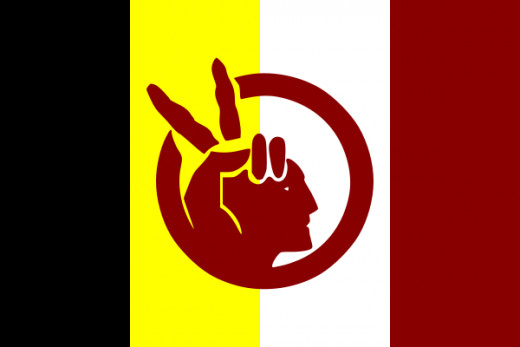

Protest Action December 2012
Attawapiskat (James Bay Cree) Nation's chief, Theresa Spence, began a protest in which she consumed only water and fish broth in order to illustrate the starvation culture of many First Nation peoples in interior Canadian provinces. Inadequate conservation attention by the federal government to the country's lakes and rivers was resulting in the decline of wildlife and native plant life in those area. Transportation costs of goods-to-market are also a problem, making groceries in the area, just south of the bleak Nunavut Territory, extremely expensive.
A 2013 Canadian federal budget bill would cut conservation funding even further. The funding would not have been so important, if not for the broken treaties experienced by the First Nations. For instance, companies can lease property on native reserves without tribal permission - who gets the money? The federal or provincial governments likely benefit from those rentals.
Chief Spense refused to attend a meeting with Prime Minister Harper and other First Nation Chiefs to discuss treaties and finding. She continued her passive protest, while 100s of her followers stormed Ottawa and blocked the entrance to Harper's office temporarily before talks began. The result of the talks was to agree to more talks in future.
In retaliation for the Spense protestors' actions sicne 2011, a federal audit of Spence's tribe's use of federal funding was ordered. Financial problems have plaqued the tribe, but thr last financial statement on the tribal website, 2011, showed a $60+ Million CND surplus.
Wildlife at Akimiski Island Near Point A On Map Above


World Action Day: January 28, 2013
- The Official Idle No More Website
Idle No More calls on all people to join in a revolution which honors and fulfills Indigenous sovereignty which protects the land and water. Colonization continues through attacks to Indigenous rights and damage to the land and water. We must repair

Attitudes
The United States is affected by the actions of oil line and rail blockades in Canada and South Dakota, but oil companies and individuals in America should not expect to profit illegally from Canadian oil and tar sands. Fighting over which US states most deserve oil pipelines is fraught with corruption. Envy toward the 500 oil wells in North Dakota can be turned to deadly action - threats and fires, for instance, or legal action to slow down development of the massive oil deposits there.
Compounding the problems listed above is the propaganda and cancerous attitude of a small group in the US that insists that Native Americans deserved to have their lands and other resources taken from them from 1621 to the present. This attitude goes further to proclaim that Native Americans are evil people, satanic, part of an insidious multicultural movement that plans to eradicate white people. The future of Native North Americans, governments, and oil in North America plan to be interesting.
State Of Emergency Since 2009




